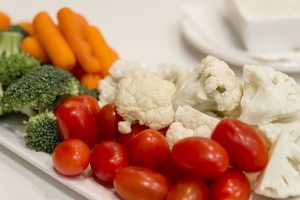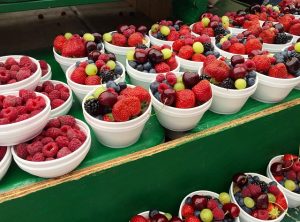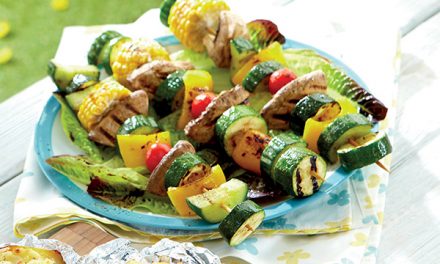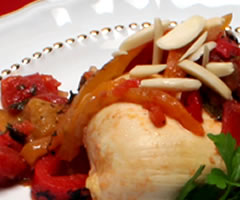One of the common issues discussed by people meal planning for diabetes involves snacks and snacking. One of the most popular search terms is diabetic-friendly snacks.
Some people think a diabetic snack is supposed to be a zero-calorie sweet treat during the day, some think it’s supposed to be just for the carbs, and others think snacks are off limits all-together.
Well, here’s the good news – snacks can be good for you! And this holds true for everyone, including people living with diabetes.
Snacks can help supply your body with nutrients that aren’t in other meals and may help control blood glucose levels. Just be careful that the snacks you choose are part of your overall eating plan and aren’t extra “empty calorie” foods.
Well planned, nutritious snacks can prevent you from being so hungry that you eat too many empty calorie foods.
Young children may not be able to eat all the food they need at a mealtime. Their caloric needs may be as high as some adults – however, they have smaller stomachs. Snacks should be offered according to their meal plan, which is usually 1-1/2 or 2 hours before meals and should be given at the same time each day.
If you have type 1 diabetes, snacks help to control changes in blood glucose levels. Snacks are planned when insulin is peaking and for physical activity.
If you have Type 2 diabetes, snacks help to spread calories evenly throughout the day to help the insulin that the body makes work better and to keep blood glucose levels in better control.
Tips for Healthy Snacking for Diabetes Diets

- Prepare or buy snacks that are low in fat, sugar and salt.
- Be careful of commercially made snack bars and snack foods. Many times these foods contain as much sugar and fat as candy bars.
- When you prepare snacks cut down on the amount of sugar, fat and salt used in recipes. Sugar can be reduced by 1/4 to 1/2; fat can be reduced by 1/4; salt can be cut or eliminated from most recipes (except for yeast breads).
- Eat snack foods that are good sources of vitamins and minerals.
- Keep fresh fruits and vegetables on hand in the refrigerator. These foods make excellent quick snacks.
- Look at the list of ingredients and the nutrition label on snack foods. Try to find snacks that have three or less grams of fat per serving.
- Plan ahead to make sure you have appetizing snacks available.
- Watch portion sizes. Make sure they fit into your meal plan.
- If your meal plan includes snacks, don’t skip them. Your blood glucose may become too low if you skip a planned snack.
List of Diabetic Snacks
- Bread, toast, bagels, English muffins, bread sticks or low-fat crackers.
- Air-popped popcorn or low-fat microwaved popcorn.
- Cereal snack mix. Cut down on the margarine in the recipe. Use spices such as garlic or onion powder instead of salt.
- Fresh fruits, such as: berries, melon, oranges, pineapple, pears, apples, peaches, tangerines, grapes, kiwi, or exotic fruits like mangoes or papayas.
- Fresh vegetables such as: broccoli, carrots, cucumbers, cauliflower, tomatoes, radishes or zucchini. Try unusual raw vegetables such as: raw sweet potatoes or jicama.
- Frozen juice bars. You can make your own frozen juice bars by freezing juice in ice cube trays and inserting a popsicle stick.
- Low or non-fat fruited yogurt, artificially sweetened or frozen low-fat yogurt bars.
- Pretzels, rice or popcorn cakes, unsweetened cereal or a plain tortilla.
- Fruit and nut breads made with whole grains and minimal sugar and fat.
- Sandwiches using lean meat, poultry, fish or low-fat cheeses. For a change, try a sandwich with all vegetables. Go light on the sandwich spreads.
- Low-fat commercial snacks such as vanilla wafers, animal crackers, gingersnaps, graham crackers or fig bars.
- Skim milk or hot cocoa prepared with skim milk, cocoa powder, and an artificial sweetener.
- Spread ricotta cheese or low-fat cottage cheese on bread and then toast.
Remember – when you snack, make sure the food you eat fits into your meal plan. Eating too much, or the wrong snack, can cause blood glucose levels to go up, and you may eat more calories than you want.

Fresh fruit is a good choice for a snack.
Diabetic Friendly Snack Recipes
Trending Snack for your Diabetic Snack List
Sources: DHHS Nebraska; Healthy Diabetes Recipes and More; Nebraska Diabetes Prevention & Control Program











